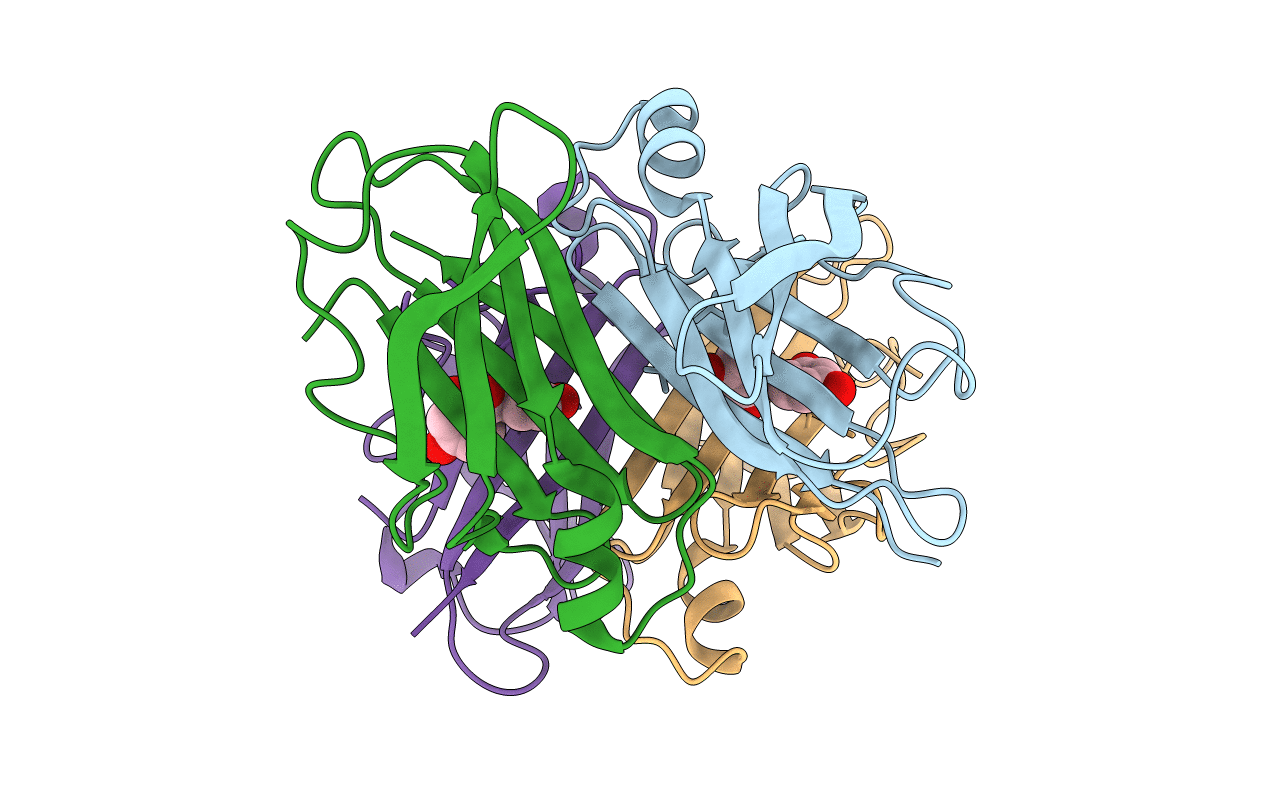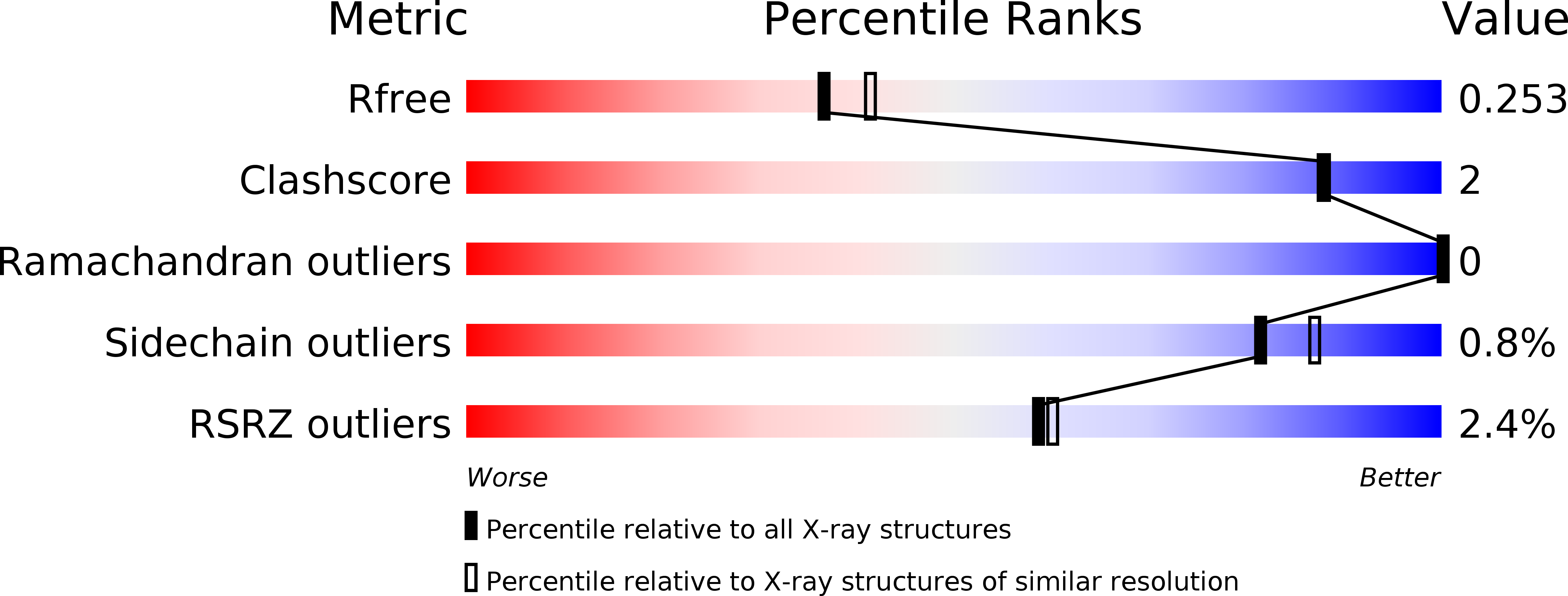
Deposition Date
2018-05-31
Release Date
2018-07-11
Last Version Date
2024-01-17
Entry Detail
PDB ID:
6GNM
Keywords:
Title:
Crystal Structure Of Sea Bream Transthyretin in complex with 2,2',4,4'-tetrahydroxybenzophenone (BP2)
Biological Source:
Source Organism:
Sparus aurata (Taxon ID: 8175)
Host Organism:
Method Details:
Experimental Method:
Resolution:
2.24 Å
R-Value Free:
0.25
R-Value Work:
0.17
R-Value Observed:
0.18
Space Group:
P 21 21 21


